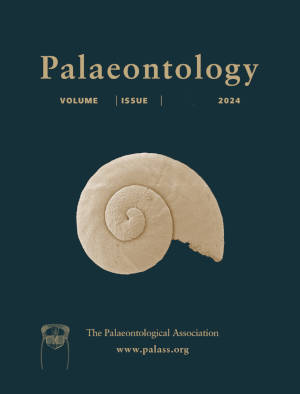Article: How does rapid burial work? New insights from experiments with echinoderms
Publication: Palaeontology
Volume:
67
Part:
2
Publication Date:
2024
Article number:
e12698
Author(s):
Malton Carvalho Fraga, and Cristina Silveira Vega
Abstract
Abstract This research explores the significance of rapid burial in preserving fossils, with a particular focus on free-living echinoderms. Experiments were based on ophiuroids to simulate burial under different turbiditic flows. The results showed that a bed thickness of around 10 cm is a limit for the preservation of whole skeletons in most cases. The type of sediment can affect the integrity of the buried skeletons, with sand deposition resulting in higher rates of autotomy. However, mud deposition did not show any numbing effect, as previously believed for echinoderms. In contrast, freshwater-rich sediments can play a critical role, paralysing specimens and preventing escape postures through rapid changes in salinity. From this, the study highlights the importance of extrabasinal turbidites, generated outside the marine basin, in the fossilization of marine invertebrates. Such sediments are rich in fresh water and can be more efficient burial traps compared to other intrabasinal deposits generated by storm waves or submarine landslides.
